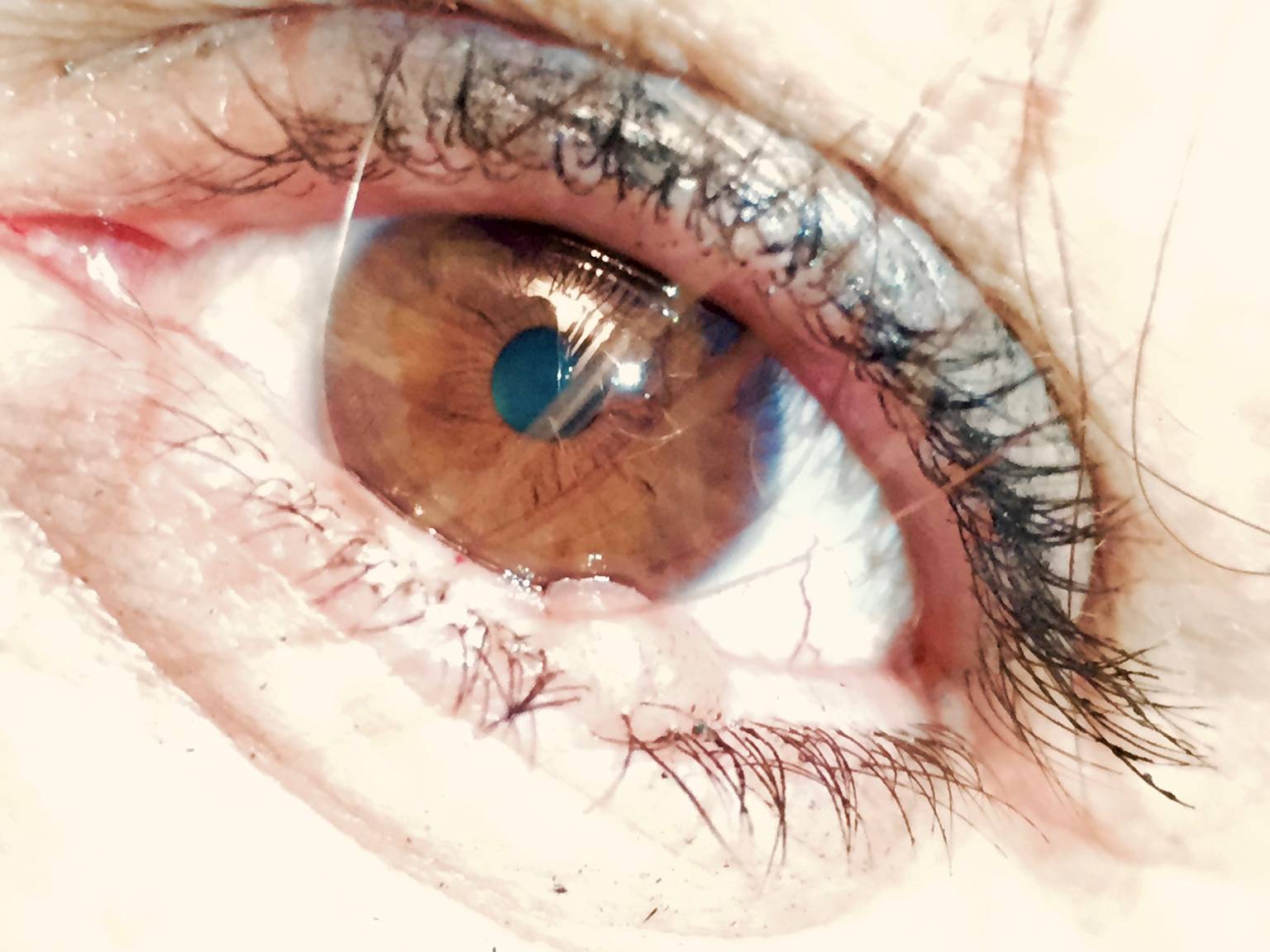Lomographic Color Studies: Brown
12 Share TweetThe world loves the color brown -- just not the people living in it. It's not as loved as the more popular red and blue, or even purple and pink. We don't know for sure why, but perhaps because it's a color so plain, so natural, that it's so easy to overlook. it's everywhere-ness make it difficult to appreciate; even Impressionists abhor it, with the exception of Paul Gaugin (kudos to you, sir!).
But there's actually plenty of great things that come in brown. Green isn't the only color of the earth. Brown is seen in plants, the soil, animals, and even in humans. And so, all trees fall into the spectrum of rustic hues. The pyramids are draped in desert sand while ruins are in umber and taupe. And so does the hypnotizing, nostalgic caramel shade of aged paper, milky coffee, and sepia photographs.
Chocolates are naturally brown. Your cocoa beans, wheat from favorite pastries and sugar itself are meant to make life sweeter.
But above all, brown is the color of humanity. There's really no black, white, or yellow in skin; there's only the spectrum of brown, ranging from beige, tan, bronze, to dark brown. Most people have brown hair and brown eyes, too, all just varying in hues. We wonder why it is so, -- why humans come in brown. Perhaps it's because brown is a composite color, can only be made in a combination of several others.
Like human beings, who are more than the sum of their parts.
2017-08-26 #culture #brown #color-photography #lomographic-color-studies

































No Comments